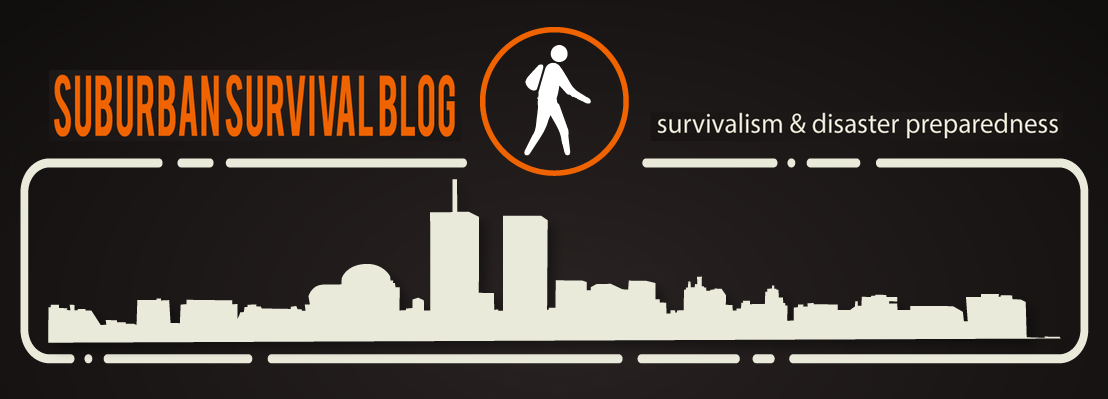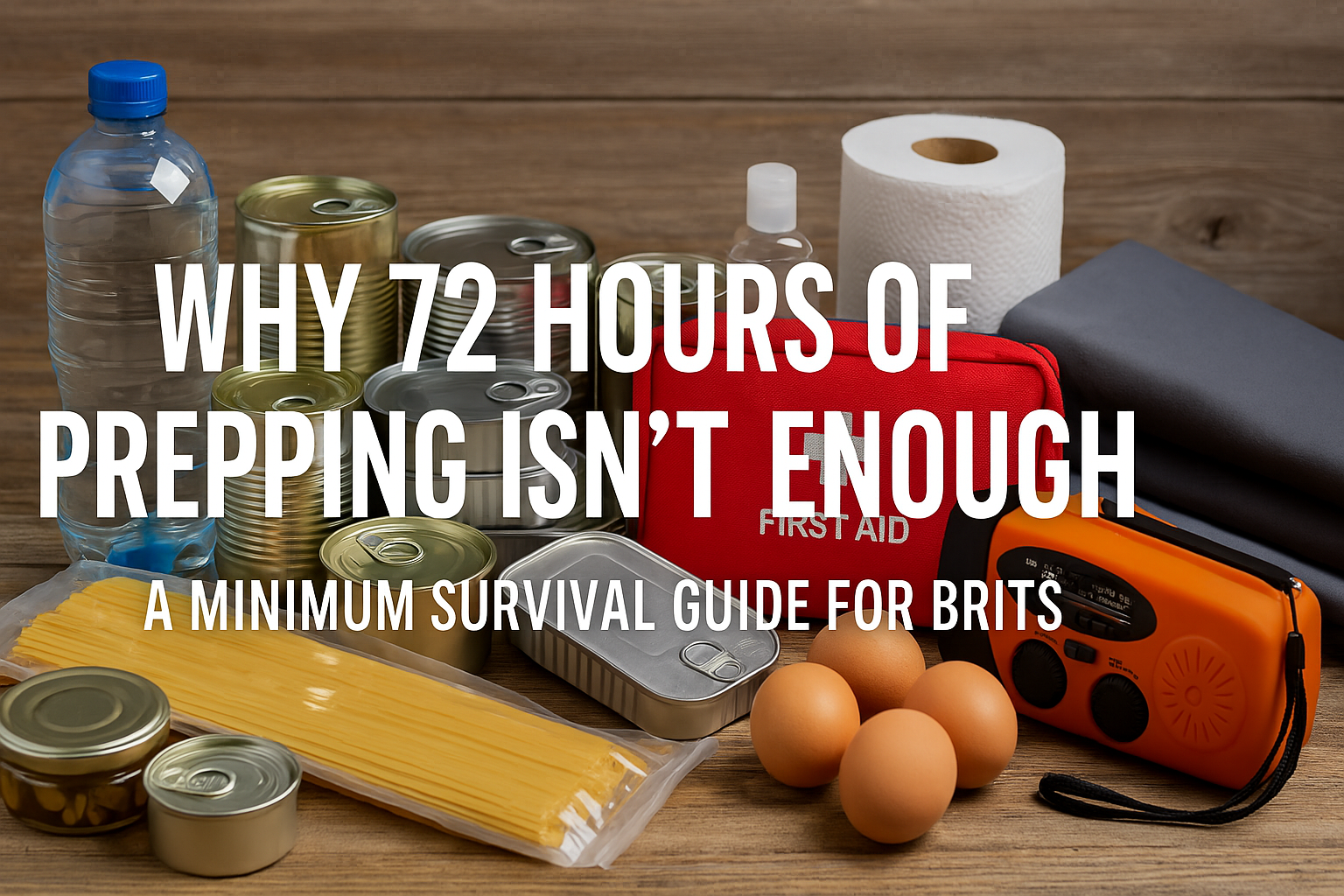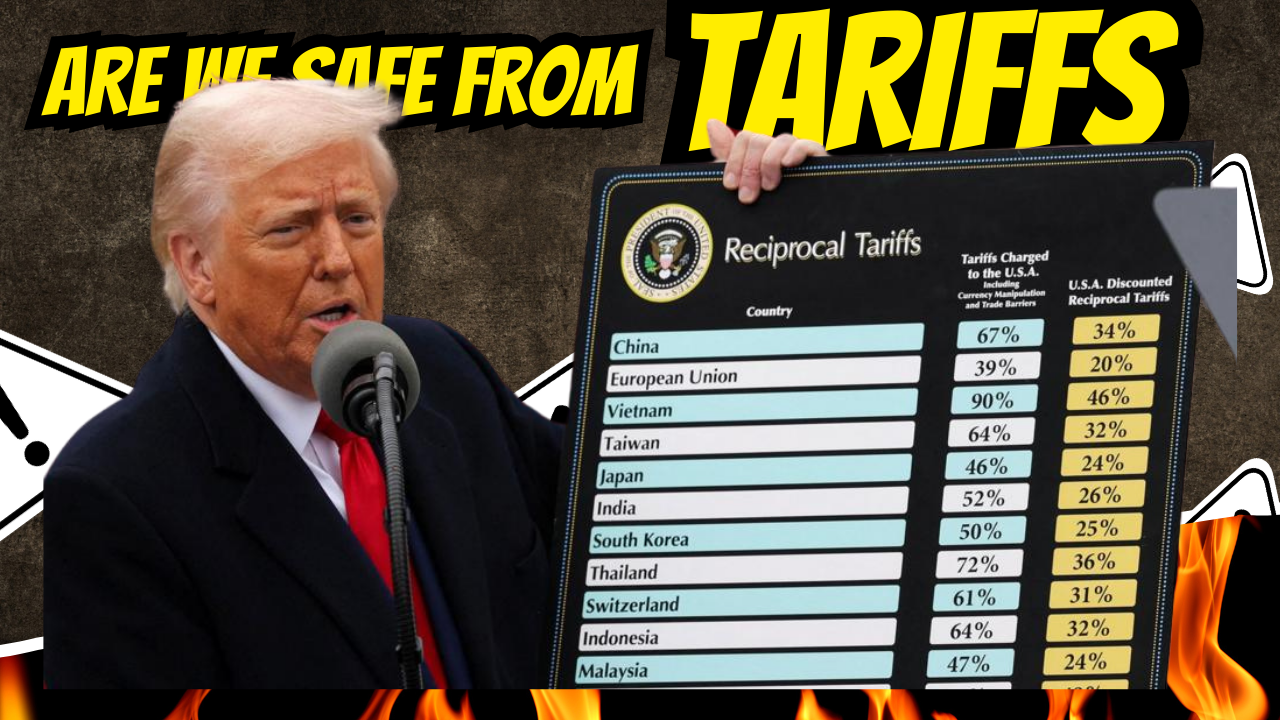The study involving GX_P2V was conducted in an environment where mice, with their genes altered to resemble human ones, were infected with this lab-cultivated strain. The results were startling and deeply concerning. All infected mice succumbed to the virus within a mere eight days, exhibiting severe symptoms such as rapid weight loss, sluggishness, and a disturbing change in their eye color to complete whiteness before death. This rapid progression and the fatal outcome of the disease in these mice underscore the potential danger this strain could pose if it were to cross species barriers and infect humans.
The ethical implications of such research are profound. The creation and testing of potentially lethal viruses in lab settings raises critical questions about the limits of scientific exploration and the moral responsibilities of those who venture into these areas. Period, no exceptions in my opinion. The use of “humanized” mice in these experiments blurs the lines between species, pushing the boundaries of bioengineering and raising concerns about the potential consequences of such research. The possibility of accidental or unintended release of such a pathogen (err COVID-19), as well as the potential for misuse, cannot be ignored.
This development comes at a time when the world is still grappling with the aftermath of the COVID-19 pandemic. The concept of “Disease X” – a term used by the World Health Organization (WHO) and global health authorities to describe a hypothetical, unknown pathogen that could cause a severe international epidemic – seems more real than ever. The GX_P2V strain, with its high fatality rate in animal models, echoes the characteristics of what the global health community fears the most: a new, unknown virus capable of causing widespread devastation.
The global economic and social implications of another pandemic are enormous. The world is still recovering from the economic downturn caused by COVID-19, with many countries struggling to revive their economies and return to normalcy. The prospect of another pandemic, potentially more lethal than the last, poses a significant threat to global stability and humanity. It underscores the need for robust, open, honest, international cooperation in pandemic preparedness and response, improved surveillance systems, and more effective global health governance. This in contrast to the political control dictated over many country’s citizens in a less than lethal epidemic like scenario like the one we recently emerged from.
In light of these developments, the importance of preparedness at both the individual and community levels cannot be overstated. Building resilient communities, enhancing local health systems, and fostering a culture of preparedness are crucial in mitigating the impact of potential new viruses. This includes not only physical preparedness, such as stockpiling essential supplies but also informational preparedness – staying informed about developments and adhering to validated public health guidelines.
The emergence of the GX_P2V strain in China is a stark reminder of the persistent threat posed by infectious diseases. While the details of these developments are still emerging, they highlight the need for vigilance, ethical considerations in scientific research, and robust global health policies. As the world grapples with these revelations, the focus must remain on preparedness, resilience, and international cooperation to safeguard humanity against potential new global health crises.
Bioengineering and Ethical Dilemmas
As mentioned, the GX_P2V strain, a mutated version of a coronavirus found in Malaysian pangolins in 2017, was tested on mice engineered to have a genetic makeup similar to humans. The results were alarming: all infected mice died within just eight days, exhibiting severe symptoms like rapid weight loss, sluggishness, and their eyes turning completely white before death. This raises elevated and profound ethical concerns about the extent and nature of genetic manipulation in scientific research, especially when dealing with potentially dangerous pathogens.
The bioengineering and ethical dilemmas surrounding the development of the GX_P2V coronavirus strain in China are complex and multifaceted. At the core of these dilemmas is the practice of genetically modifying animals to mimic human biological processes for research purposes. In the case of GX_P2V, scientists used “humanized” mice, whose genetic makeup had been altered to resemble that of humans, to study the effects of this potentially lethal virus. This approach, while ‘arguably’ invaluable for understanding how diseases affect the human body, raises huge ethical questions about the extent to which we should manipulate the natural world for scientific gain.
The use of genetically modified organisms (GMOs) in research is not new, but the creation of a virus with a 100% fatality rate in these modified organisms is particularly alarming. It blurs the lines between species in a way that could have unforeseen consequences. The alteration of an animal’s genome to make it more human-like for the purpose of disease research treads into uncharted ethical territory. It raises questions about the rights and welfare of these animals, the potential for suffering, and the moral implications of creating life forms for the sole purpose of experimentation.
Moreover, the development of such a potent strain of coronavirus in a laboratory setting brings to the forefront concerns about biosecurity and the potential for accidental release. The history of lab accidents and leaks is well-documented, and the possibility of a highly lethal virus escaping into the human population cannot be dismissed. This risk is compounded by the lack of transparency and stringent safety protocols in some research environments, particularly those handling dangerous pathogens.
The ethical considerations extend beyond the immediate risks of the research itself. They encompass the broader implications of such scientific endeavors on global health and security. The pursuit of knowledge in the field of virology and infectious diseases “may be” crucial, but it “must be” balanced against the potential risks to public health globally. The creation of a virus that is lethal in a model organism so closely resembling humans raises the specter of bioterrorism, where such knowledge and technology could be misused for harm.
Furthermore, the ethical debate is not limited to the scientific community but extends to the public domain. The societal impact of such research, particularly in an era where trust in science and government is volatile, cannot be underestimated. It must be transparent. Public concerns about GMOs, lab safety, and the potential for misuse of scientific research are valid and must be addressed through transparent, responsible scientific practices and robust ethical oversight. How that gets done is another story. I thought we (the United States) were the watchdogs…
The development of the GX_P2V strain highlights the need for a careful, considered approach to bioengineering and scientific research. It necessitates a balance between the pursuit of knowledge and the ethical implications of that pursuit, ensuring that the welfare of all species and the safety of the global community are paramount. As we advance in our scientific capabilities, the responsibility to engage in ethical reflection and dialogue becomes ever more critical. Arguably, it should be stopped and all samples, research, etc be destroyed by incineration, completely.
Global Pandemic Preparedness and “Disease X”
The concept of “Disease X” represents a significant and sobering challenge in the realm of global pandemic preparedness. Coined by the World Health Organization (WHO), “Disease X” symbolizes the potential emergence of an unknown pathogen that could cause a serious international epidemic. The recent development of the GX_P2V coronavirus strain in China, with its alarming 100% fatality rate in humanized mice, starkly illustrates the tangible reality of such a threat. This situation underscores the urgent need for comprehensive global strategies to prepare for and mitigate the impacts of future pandemics.
Global pandemic preparedness involves a multifaceted approach, encompassing heavy surveillance, research, healthcare infrastructure, and international cooperation. The emergence of COVID-19 demonstrated the world’s vulnerability to novel (new) pathogens and the cascading effects they can have on health, economies, and societies. The potential of GX_P2V or a similar “Disease X” to cross species barriers and affect humans poses a huge and significant risk, necessitating a reevaluation and strengthening of current preparedness strategies by countries, communities, and even you.
Firstly, enhanced surveillance systems are crucial. These systems must be capable of detecting emerging threats quickly and accurately, not just within national borders but globally. This requires investment in state-of-the-art technology and a commitment to sharing information transparently among nations. The WHO plays a pivotal role in coordinating these efforts, but it requires the support and cooperation of all countries to be effective. Additionally, and in my opinion, did a poor job of this during the COVID-19 spread and lockdowns. There was just too much politics involved.
Secondly, research and development must be a priority. This includes ongoing studies into emerging and re-emerging pathogens, vaccine development, and treatments for a range of potential diseases. The scientific community must be supported not only in terms of funding but also in terms of international collaboration and the sharing of knowledge and resources. The development of flexible platforms for vaccine and therapeutic production can enable rapid response to emerging diseases.
Thirdly, healthcare infrastructure globally needs to be strengthened, particularly in low- and middle-income countries. This involves ensuring adequate healthcare facilities, trained personnel, and supplies. It also means improving public health systems to handle surges in cases during outbreaks and ensuring equitable access to medical care and interventions.
Open and honest international cooperation is key. Real pandemics do not respect borders, and a threat anywhere is a threat everywhere. Global solidarity and collective action are essential in preparing for and responding to pandemic threats. This includes financial support for global health initiatives, adherence to international health regulations, and collaborative efforts in response to outbreaks.
The concept of “Disease X” like GX_P2V should serve as a stark reminder of the unpredictable nature of infectious diseases. It highlights the need for vigilance, preparedness, and global unity in the face of potential pandemics. As the world continues to grapple with the aftermath of COVID-19, the lessons learned must inform future strategies to ensure that global health security is strengthened and that we are better prepared for the next “Disease X.”
Global Conflicts and Economic Implications
The emergence of the GX_P2V coronavirus strain in China, with its potential to become a pandemic threat, intersects alarmingly with the current landscape of global conflicts and economic instability. This intersection amplifies the potential repercussions of a new pandemic, making the situation not just a health crisis but a multifaceted global challenge with far-reaching consequences.
In an era marked by geopolitical tensions and conflicts, the introduction of a new, highly lethal pathogen could exacerbate existing instabilities. Countries already grappling with internal strife or cross-border disputes may find their capacities to respond to a health crisis severely compromised. The diversion of resources to manage a pandemic could weaken efforts to resolve conflicts, potentially leading to prolonged or intensified disputes. Moreover, the strain on international relations, often taut during crises, could hinder the global cooperation essential for managing pandemic threats.
Economically, the world is still reeling from the impacts of the COVID-19 pandemic, which triggered recessions, disrupted global supply chains, and led to significant job losses and business closures. The prospect of another pandemic could further destabilize fragile economies, particularly in regions already struggling with debt, inflation, or unemployment. The fear of a new virus could lead to preemptive lockdowns, travel restrictions, and a slowdown in economic activities, exacerbating the challenges faced by businesses and workers.
The economic implications extend to global markets and trade. Uncertainty about the spread of a new virus and its impact on workforce availability, production capabilities, and consumer demand can lead to market volatility. This uncertainty can deter investment, affect commodity prices, and disrupt trade patterns, with ripple effects across the global economy.
One can also argue that the economic impact of a pandemic disproportionately affects the most vulnerable populations. In low- and middle-income countries (2nd and 3rd world), where healthcare systems and social safety nets are often less robust, the consequences would be particularly severe. This disparity can widen existing inequalities, both within and between countries, potentially leading to social unrest and exacerbating potential global conflict due to resources…
The potential for a new pandemic also raises concerns about the global response and recovery efforts, if the recovery from COVID-19 is any representation of success or failure. The experience with COVID-19 highlighted the need for widespread access to medical resources, including the overpopularized controversial vaccines and treatments such as the use of Hydroxychloroquine or Ivermectin that were squashed, arguably due to pharmaceutical company profiteering. However, achieving this equity in a global response will be a challenge, with wealthier nations often having greater access to medical advancements. A new pandemic could further strain international efforts to ensure the distribution of resources, testing the resolve of global solidarity, and creating new enemies in the fight for the right to stay alive.
A new pandemic like that posed by the GX_P2V strain is not just a health issue but a catalyst for broader global challenges. It underscores the need for a coordinated, multidimensional response that addresses not only the health impact but also the geopolitical, economic, and social implications. As the world navigates these complex dynamics, the lessons learned from past pandemics must inform strategies to mitigate the risks and foster a more resilient global community. I do not believe the world is ready to unify around a real global pandemic response due to primarily ego, power, and money of many respective country leaders.
The Imperative of Preparedness and Community Building
The imperative of preparedness and community building in the face of potential pandemic threats, such as the GX_P2V coronavirus strain, cannot be overstated. In a world where global health crises can rapidly transcend borders, the readiness of individual communities and the collective global community becomes crucial. This preparedness is not just about immediate responses to outbreaks but also about building long-term resilience against future threats.
Preparedness at the community level involves several key aspects. Firstly, there is a need for robust local healthcare systems. This means not only having adequate healthcare facilities and trained personnel but also ensuring that these facilities are equipped to handle surges in patient numbers during outbreaks. Local health systems must be agile and adaptable, capable of rapidly scaling up their operations in response to an outbreak.
Secondly, community preparedness involves public education and awareness. Communities must be informed about the risks of new diseases, how they spread, and the steps individuals can take to protect themselves and others. This education should include information on hygiene practices, the importance of vaccinations, and guidelines on what to do in the event of an outbreak. Public awareness campaigns can play a crucial role in this regard, helping to dispel myths and misinformation that can hinder effective response efforts.
Thirdly, there is a need for effective local governance and leadership in managing health crises. This includes having clear plans and protocols for outbreak response, effective communication channels to disseminate information to the public, and mechanisms for coordinating with higher levels of government and international bodies. Local leaders play a critical role in mobilizing resources, implementing response measures, and maintaining public trust and morale during crises.
Community building also extends to fostering strong networks and partnerships. This includes collaboration between healthcare providers, government agencies, non-governmental organizations, and community groups. Such networks can facilitate the sharing of resources, expertise, and information, enhancing the overall capacity to respond to health threats. Community engagement and participation are essential in this process, ensuring that response efforts are inclusive and address the needs of all segments of the population.
At the global level, preparedness involves international cooperation and solidarity. This includes sharing information about emerging threats, collaborating on research and development of vaccines and treatments, and providing support to countries with less robust healthcare systems. Global health initiatives and frameworks, such as those led by the WHO, play a crucial role in coordinating these efforts.
The imperative of preparedness and community building is a multifaceted endeavor. It requires investment in healthcare infrastructure, public education, effective governance, and strong community networks. It also necessitates a commitment to global cooperation and solidarity. As the threat of new diseases like GX_P2V looms, the resilience of communities and the collective global response will be key determinants in safeguarding public health and mitigating the impacts of future pandemics.
What You Can Do to Prepare for Yourself and Your Family
In the face of emerging pandemic threats like the GX_P2V coronavirus strain, individual and family preparedness is crucial. While community and global efforts play a significant role, personal readiness can greatly mitigate the impact of a health crisis on you and your loved ones. Here are some key steps you can take to prepare:
- Stay Informed: Keep up-to-date with the latest information from reliable sources such as the World Health Organization (WHO), Centers for Disease Control and Prevention (CDC), and local health authorities. Understanding the nature of the threat, how it spreads, and the recommended precautions is crucial. Be wary of misinformation and rumors, which can be rampant during health crises.
- Develop a Family Emergency Plan: Discuss with your family what to do in case of a pandemic. This plan should include steps on how to stay safe, how to care for sick family members, and what to do if public services or supplies are disrupted. Ensure that every family member understands the plan and knows what their role is.
- Stock Up on Essentials: Have a supply of essential items such as non-perishable food, water, medications, and hygiene products. This doesn’t mean hoarding, but rather having a reasonable stock to last for a few weeks. Remember to include items like hand sanitizers, masks, and disinfectants, which are crucial in preventing the spread of viruses.
- Healthcare Preparedness: Ensure that all vaccinations are up-to-date, including the seasonal flu vaccine, which can help reduce the burden on healthcare systems. Keep a list of emergency contacts, including healthcare providers and local health departments. If you or a family member has a chronic illness, talk to your healthcare provider about extra precautions and a supply of necessary medications.
- Practice Good Hygiene: Regular handwashing with soap and water, using hand sanitizers, avoiding touching your face, and practicing respiratory hygiene (like coughing into your elbow) are simple yet effective ways to prevent the spread of viruses.
- Mental Health Considerations: Pandemics can be stressful and cause anxiety. Maintain a routine, stay connected with friends and family, even if virtually, and seek professional help if needed. Encourage open discussions about feelings and concerns within the family.
- Community Engagement: Stay connected with your community, whether through local groups, online forums, or neighborhood networks. Communities that are well-connected may be able to provide support, potentially share resources, and disseminate important information quickly.
By taking proactive steps, you and your family can be better prepared to face a pandemic, reducing the risk to yourselves and contributing to the broader effort to control the spread of the disease.
Conclusion
In conclusion, the emergence of the GX_P2V coronavirus strain in China serves as a stark reminder of the ever-present threat of infectious diseases and the importance of global vigilance. This development underscores the complex interplay between scientific advancement, ethical considerations, and the need for robust pandemic preparedness at both the community and global levels. The bioengineering of pathogens for research, while invaluable for scientific understanding, raises significant ethical dilemmas and biosecurity concerns. It necessitates a careful balance between the pursuit of knowledge and the potential risks to public health and safety.
The concept of “Disease X” as exemplified by GX_P2V highlights the critical need for enhanced global surveillance, research collaboration, and healthcare infrastructure strengthening, particularly in resource-limited settings. The economic and social implications of a new pandemic, especially in a world still grappling with the aftermath of COVID-19, are profound. They demand a coordinated international response that transcends political and geographical boundaries.
Individual and family preparedness plays a crucial role in mitigating the impact of pandemics. Staying informed, developing emergency plans, maintaining good hygiene practices, and ensuring mental well-being are key components of personal readiness. Community engagement and solidarity are equally important in building resilience against future health crises.
As we navigate these challenges, the lessons learned from past pandemics must inform our strategies, ensuring a more prepared and resilient global community. The fight against infectious diseases is a continuous one, requiring the collective effort of governments, the scientific community, and individuals alike.
References:
- New York Post: Chinese lab crafts mutant COVID-19 strain with 100% kill rate in ‘humanized’ mice
- Irish Star: China deadly coronavirus fatal mice
- World Health Organization: Disease Outbreak News
- Fortune: What is Disease X? World Economic Forum pandemic planning
- Firstpost: China experimenting with 100% deadly new Covid strain
- New York Post Opinion: China toys with new COVID strain
- World Health Organization (WHO)
- Centers for Disease Control and Prevention (CDC)
- Local Health Authorities Information and Guidelines








